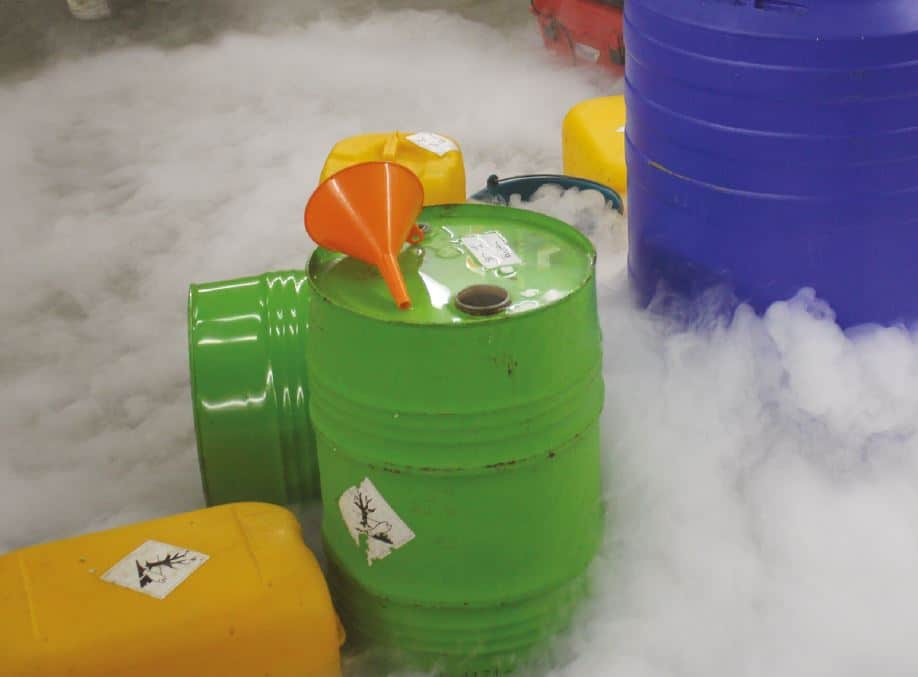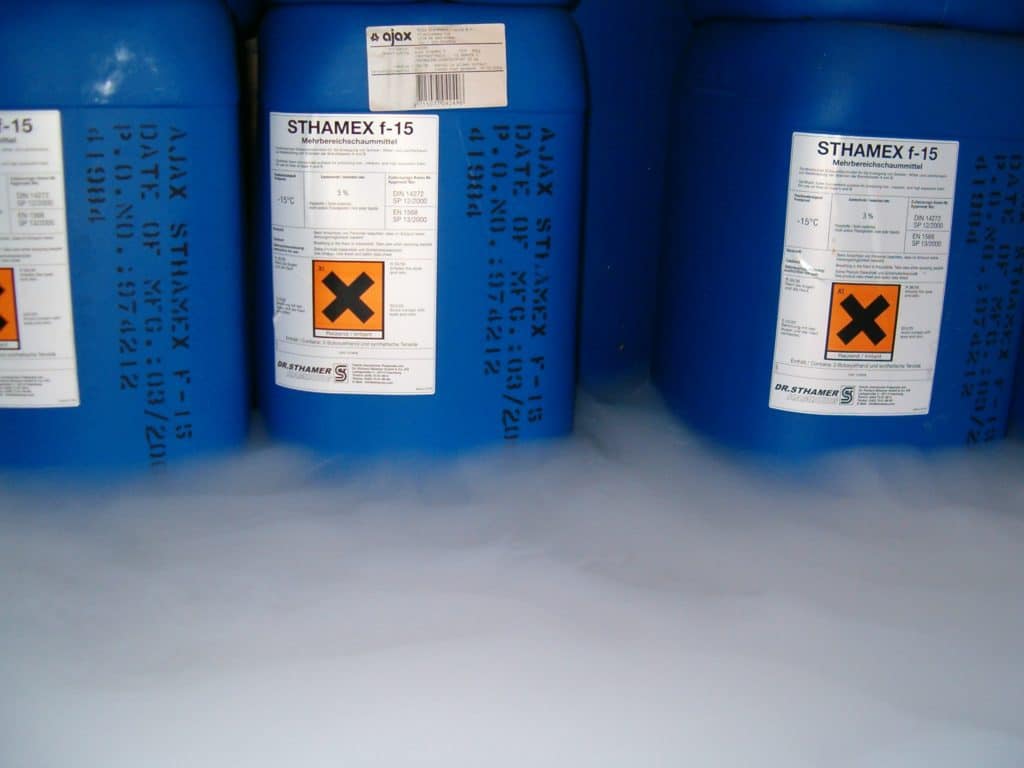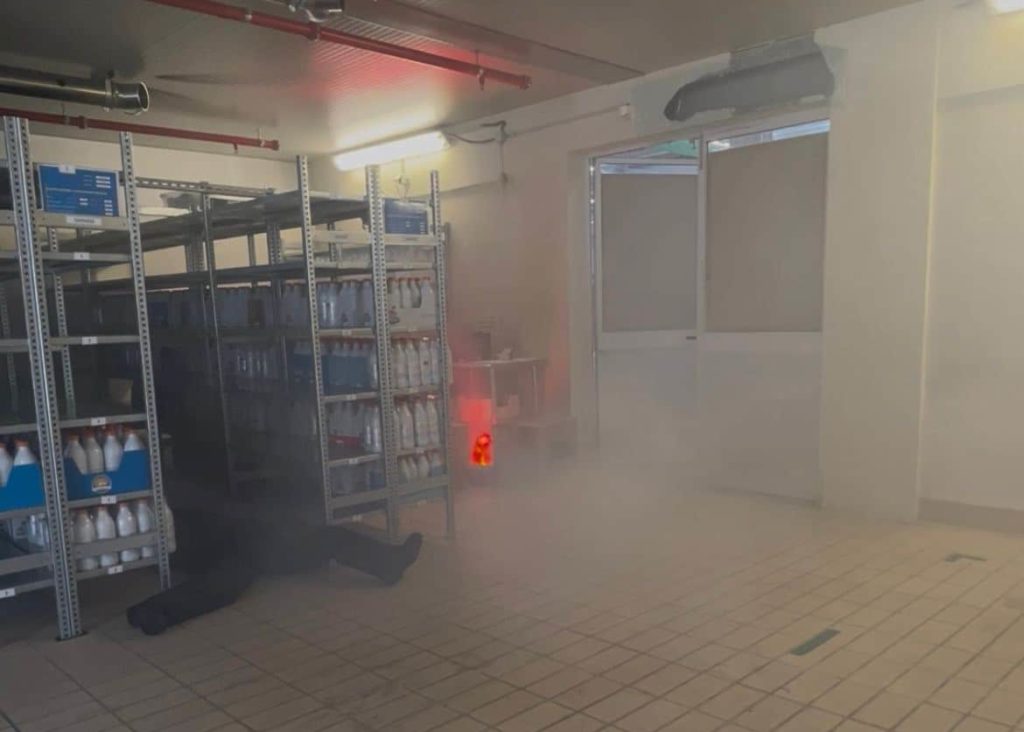Designing a CBRNe training scenario that truly challenges participants – both physically and mentally – requires more than just a good script. Realism is key to effective learning, and that’s where simulation tools from FireWare, combined with our realistic training manikins, can take your exercises to the next level.
Training That Feels Real
The most effective training is immersive — it engages multiple senses, causes adrenaline spikes, and places responders under realistic pressure. To achieve this, focus on more than just how your scenario looks. Think about how it feels.
- Use a believable storyline, not something overly dramatic.
- Stimulate multiple senses — visuals, sound, and even scent.
- Avoid typical training locations if possible. Take your scenario away from the fire station car park and into a more authentic setting.
- Details matter — hide modern kit unless it’s relevant, remove any bystanders or signs it’s a drill, and set the scene as if it were real life.

Making the Scenario Work for You
When planning a CBRNe scenario, think about engagement. One common pitfall is letting the scenario become too static — responders standing around, waiting for instructions. That’s when realism fades.
Instead, keep people busy:
- Include casualty extraction early using a Ruth Lee Casualty Evacuation or Trauma Rescue Manikin to provide meaningful hands-on activity.
- Build in visual threats such as ‘leaking’ barrels (use dry ice or coloured liquids) and simulate escalation – a worsening situation, or a sudden explosion.
- Maintain visibility of the evolving scene from the staging area to build anticipation and keep teams on edge.
Tools to Elevate Your Scenario
You don’t need to be a chemist – or spend a fortune – to create something convincing. Simple simulation tools can be surprisingly effective.
Some ideas include:
- Smoke: Use FireWare’s portable smoke machines and fluids to represent chemical vapour, gas spread or chemical leaks.
- Scent: Add realism with FireWare’s chemical smell spray – or get creative with common scents like sambuca or amaretto to simulate drug lab smells.
- Explosions: Simulate safe blasts with FireWare’s explosion simulator – great for opening a scenario with impact or introducing escalation.
- Fire Simulation: Use the Vesta Fire Extinguisher Trainer with an Add-on Flange Fire to simulate ignition following a leak.
Recognising and Responding to the Threat
One of the key tasks in a CBRNe scenario is identification. Using FireWare’s CBRNe Training Kit, you can create flexible setups:
- Magnetic Kemler boards with adjustable GEVI and UN numbers.
- Magnetic hazard labels (ADR, NFPA, GHS).
- Scent chemicals, smoke cartridges, and colourants.
These help teams realistically recognise hazards – a crucial part of scene assessment and risk mitigation.
If you’re interested in the CBRNe kit please get in touch with us directly for more info or to book a free demonstration.
Use Manikins for Realistic Casualty Simulation
In any CBRNe scenario, casualties will be present. Using Ruth Lee manikins – such as the Trauma Rescue Manikin which features realistic injuries and advanced care features – ensures responders can practice correct handling techniques under pressure.
For confined or contaminated environments, these manikins provide a safe but challenging simulation of casualty rescue, adding to the urgency and realism.
Creating a powerful CBRNe scenario doesn’t require massive budgets or elaborate equipment – just careful planning, smart use of simulation tools from FireWare, and willing casualties such as our manikins!
The more authentic the experience, the more valuable the training – and the better prepared your teams will be when facing the real thing.
📩 Want to learn more about these tools? Explore the complete product range from FireWare. Or contact us if you’d like support designing your own immersive training.


